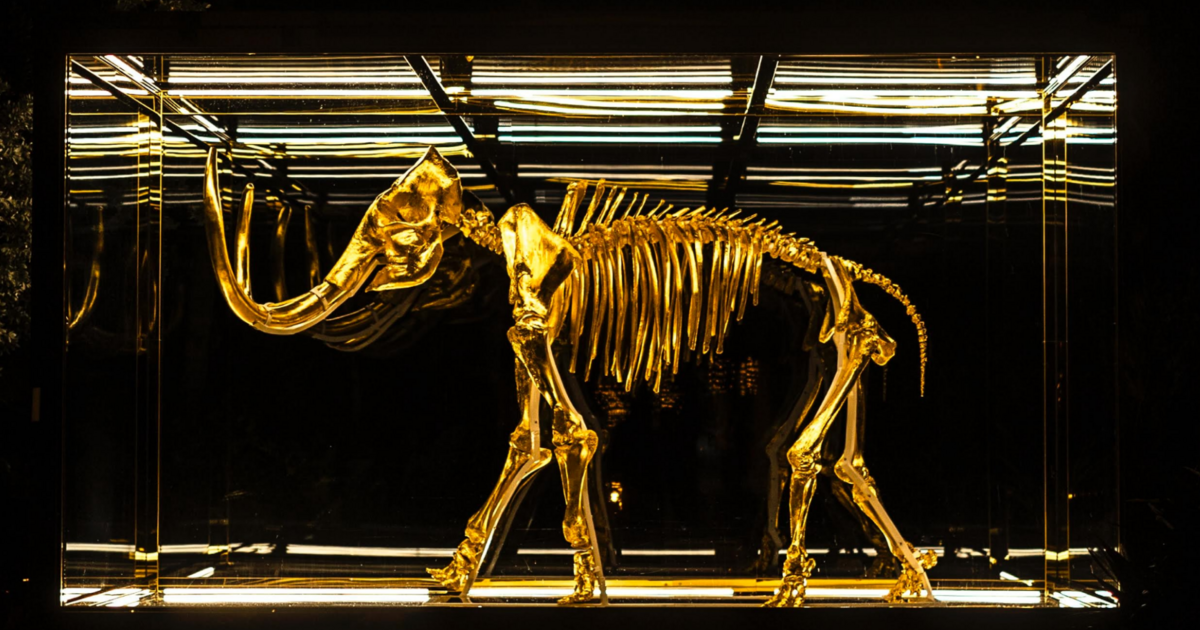How many runways can you see for Shannon airport (Ireland) ? : The answer is on https://www.bigorre.org/aero/meteo/einn/en #shannon #ireland #shannonairport #einn #snn #airport #aviation #avgeek vl
Recherches récentes
Options de recherche
#snn
How many runways can you see for Shannon airport (Ireland) ? : The answer is on https://www.bigorre.org/aero/meteo/einn/en #shannon #ireland #shannonairport #einn #snn #airport #aviation #avgeek vl
#IRANIAN TV RELEASES VIDEO SHOWING TARGETS FOR IMMINENT STRIKES
Iranian channel #SNN has unveiled a detailed 3D image of key military and intelligence sites in Israel, including the Ramat David Airbase, a focal point in recent Israeli attacks.
These sites are now listed as legitimate targets for upcoming missile and drone strikes.
How many runways do you see for Shannon airport (Ireland) ? : The answer is on https://www.bigorre.org/aero/meteo/einn/en #shannon #ireland #shannonairport #einn #snn #airport #aviation #avgeek vl
How many runways do you see for Shannon airport (Ireland) ? : The answer is on https://www.bigorre.org/aero/meteo/einn/en #shannon #ireland #shannonairport #einn #snn #airport #aviation #avgeek vl
How many runways do you see for Shannon airport (Ireland) ? : The answer is on https://www.bigorre.org/aero/meteo/einn/en #shannon #ireland #shannonairport #einn #snn #airport #aviation #avgeek vl
How many runways do you see for Shannon airport (Ireland) ? : The answer is on https://www.bigorre.org/aero/meteo/einn/en #shannon #ireland #shannonairport #einn #snn #airport #aviation #avgeek vl
Aviation weather for Shannon airport (Ireland) is “EINN 191230Z 13009KT 100V160 9999 FEW020 FEW030CB SCT060 21/07 Q1019 NOSIG” : See what it means on https://www.bigorre.org/aero/meteo/einn/en #shannon #ireland #shannonairport #einn #snn #metar #aviation #aviationweather #avgeek #airport vl
How many runways do you see for Shannon airport (Ireland) ? : The answer is on https://www.bigorre.org/aero/meteo/einn/en #shannon #ireland #shannonairport #einn #snn #airport #aviation #avgeek vl
"A spiking neural network model for proprioception of limb kinematics in insect locomotion", by van der Veen et al. 2025.
https://www.biorxiv.org/content/10.1101/2024.09.27.615365v1.full
Brody and #Hopfield (2003) showed how networks of #SpikingNeurons (#SNN) can be used to process temporal information based on computations on the timing of spikes rather than the rate of spikes. This is particularly relevant in the context of #OlfactoryProcessing, where the timing of spikes in the olfactory bulb is crucial for encoding odor information. Here is a quick tutorial, that recapitulates the main concepts of that network using #NEST #simulator:
Special Session on #SpikingNeuralNetworks and #Neuromorphic Computing at the 33rd International Conference on Artificial Neural Networks (ICANN) 2024 - Call for Papers
Sep 17 - 20, Lugano, Switzerland
The special session invites contributions on recent advances in spiking neural networks. Spiking neural networks have gained substantial attention recently as a candidate for low latency and low power AI substrate, with implementations being explored in neuromorphic hardware. This special session aims to bring together practitioners interested in efficient learning algorithms, data representations, and applications.
ORGANIZERS:
- Sander Bohté (CWI Amsterdam, Netherlands)
- Sebastian Otte (University of Lübeck, Germany)
Find more details at: https://e-nns.org/wp-content/uploads/2024/ICANN2024-SNNC-CfP.pdf
Many thanks to all who sent abstracts for the SNUFA SNN workshop. We will be sending every participant a random sample of abstracts to vote on to help decide what should be a talk/poster. If you want to take part, register today (free).
https://www.eventbrite.co.uk/e/snufa-2023-tickets-675972952297
More info on the workshop at:
For all you lovers of #SpikingNeuralNetworks out there, make sure to put November 7-8 in your diary and submit a 300 word abstract to SNUFA 2023:
Invited speakers this year include: Rodolphe Sepulchre
Melika Payvand
Gabriel Ocker
Jeff Krichmar
In previous years we usually get over 700 participants, and about 200 live at each talk. Not to mention hundreds to thousands of views after the event on Youtube. Best of all - it's all free so there's really no reason you shouldn't already be writing your abstract.
And if you're still not convinced, check out previous years' talks and our monthly seminar series on my Youtube channel: https://www.youtube.com/@neuralreckoning
What are you waiting for, get on over there:
Wind down Friday by watching one of our just released batch of talks from the #SNUFA #spiking neural network #SNN seminar series. #neuroscience
https://www.youtube.com/playlist?list=PL09WqqDbQWHGkpZ5RzNPWkvZBf4ZJKQaA
All the videos from last week's SNUFA 2022 meeting on spiking neural networks are now uploaded to YouTube in case you missed it.
Thanks to everyone for a great meeting! @fzenke
https://www.youtube.com/playlist?list=PL09WqqDbQWHFjkkXiQdOYC1wAdgSUMGxQ


 Spartacus
Spartacus